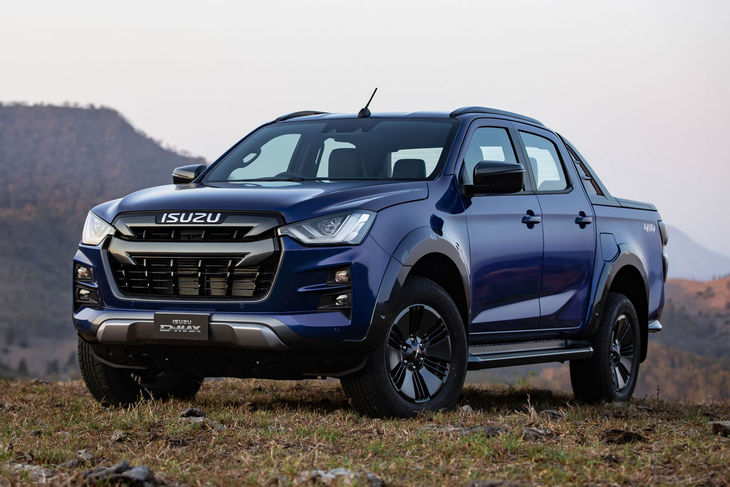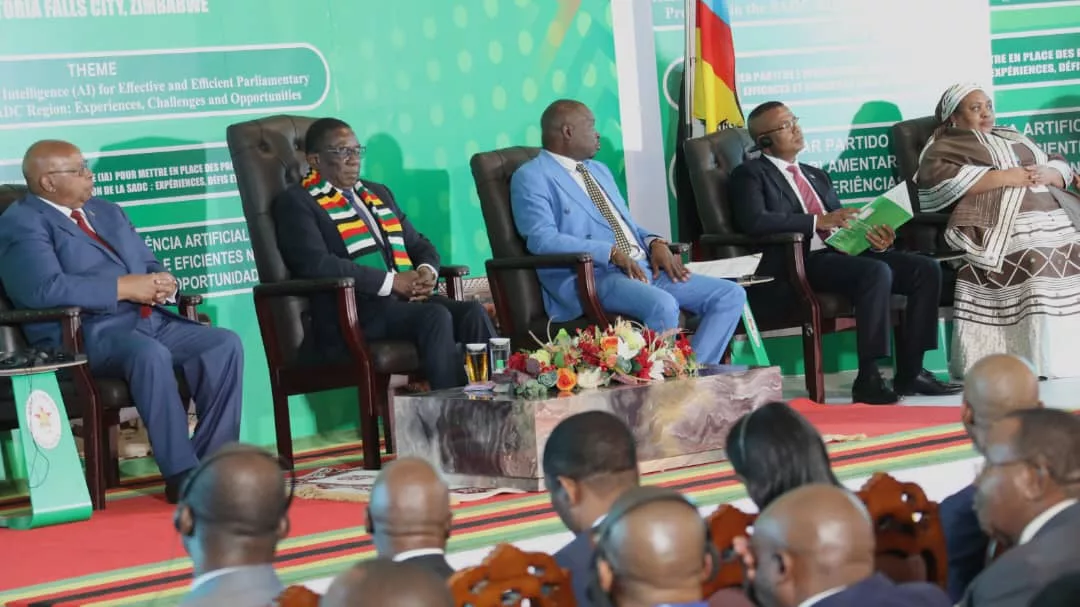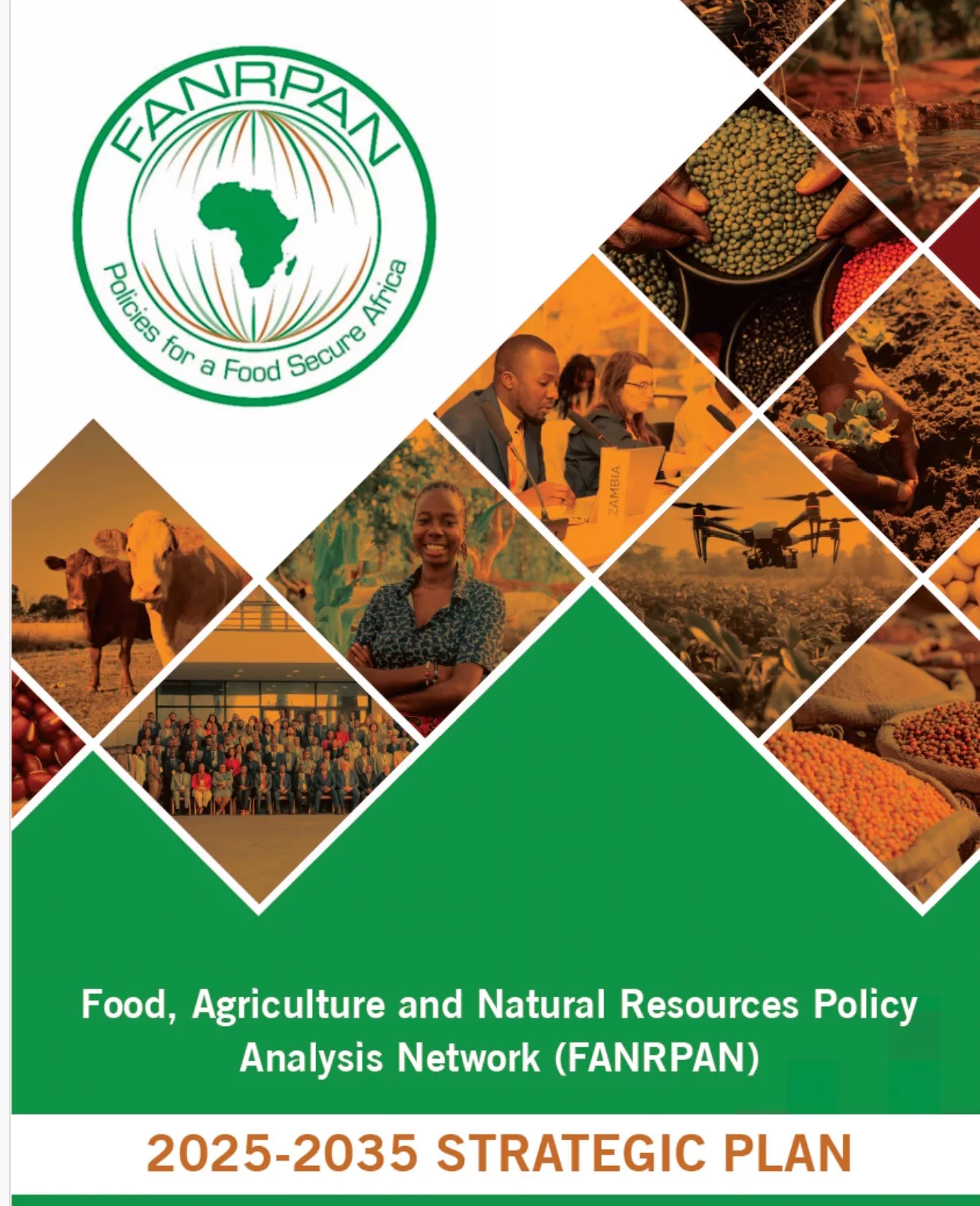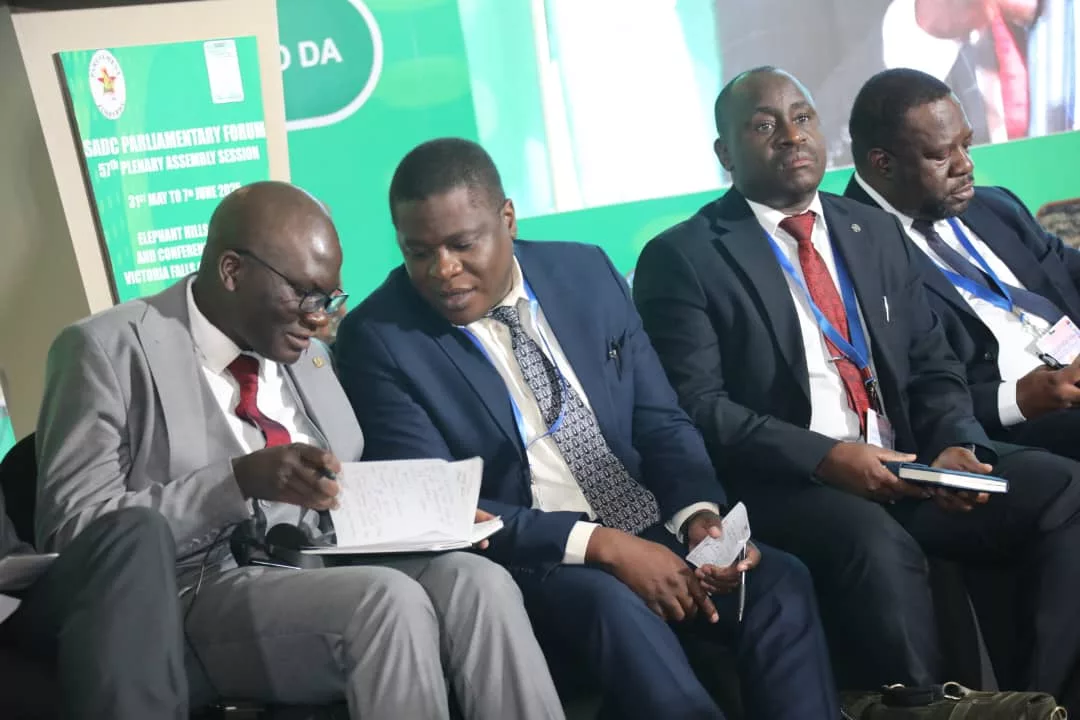|
Getting your Trinity Audio player ready...
|
By Zimbabwe Coalition on Debt and Development
In the 1930s, an American political scientist by the name Harold Lasswell defined politics as a competition about who gets what, when, and how. For Lasswell the core of politics in developed democratic nations “rivets around the money – around the rate of taxation and utilization of collected money”. This definition resonates with David Easton who regarded politics as the “authoritative allocation of values”.
Values in this regard refer to resources although in Easton`s view it was broad to include ideas and philosophies. To this end, it is clear that the administration of public resources is shrouded in politics despite the fact that this might be detrimental to national development and growth.
This narrative presents the reality of the Zimbabwean public resource management and can be substantiated by the government`s move to purchase “35 new off-road double cab Toyota vehicles for top bureaucrats in the Home Affairs Ministry” which will cost at least “US$ 1 million” at a time when the same ministry “terminated a tender to install advanced border control system to enhance security”.
Zimbabwe has porous borders and currently, the Mozambique crisis is intensifying. Zimbabwe`s proximity to Mozambique requires that it strengthen its borders to defend its territorial integrity and sovereignty in line with the principles of international law.
Nonetheless, this is not the first time that the government has used the sacred cow model in determining how to use public resources. The scared cow model refers to the use of wholesome populist policies configured to advance political expediency.
Last week the government gave 18 Isuzu double cab cars to chiefs. This is despite the fact that Zimbabwe had already recorded the B.1.617.2 variant which is associated with the third wave that is regarded as more lethal. Instead of channelling that money to reinforce the health infrastructure, the government deemed it fit to purchase cars.
An orthographic projection of how Zimbabwe uses public resources testifies to the fact that public resources are used for political expedience rather than for national growth and development.
At a time when COVID-19 is still hovering upon Zimbabwe and the world at large, the government saw it fit to concentrate on consolidating power for the upcoming elections rather than rejuvenating the livelihoods of the marginalized and vulnerable communities.
Hypothetically, if the government had used the supposed US$ 1 million that has been reserved for cars for the bureaucrats only and not to mention that which was spent on the 18 cars given to chiefs. It could have purchased 200 000 doses of Sinopharm at US$ 5 each and 30,303 doses of Sinovac at US$ 30 each.
Zimbabwe is currently experiencing water challenges with local authorities failing to provide safe and clean water to communities’ proper utilization of resources would have culminated in the drilling of 666 boreholes. In line with the NDS1 ambition to build decent houses for Zimbabweans the money is enough for the construction of 40 low-income houses at US$ 25 000 each.
Zimstats released new economic statistics on the 26th of May for the month of May 2021. It noted that the food poverty line for one person had increased from ZWL $ 4,099.95 in April to ZWL $ 4,139.10 in May coupled with month-on-month inflation which has increased from 1.58 % in April to 2.54% in May.
The increase in month-on-month inflation and the food poverty line for one person is not being met by an increase in government cushioning allowance. This is detrimental to the ordinary Zimbabwean who is still recovering from the shocks induced by COVID-19. To this end, the government needs to re-orient its public resource management and desist from administering public resources for political expediency.
A robust needs assessment on all government projects should be carried out before any project is funded. Only projects that are people-centred and respond to people`s needs in helping them overcome COVID-19 aftermath should be given priority.






